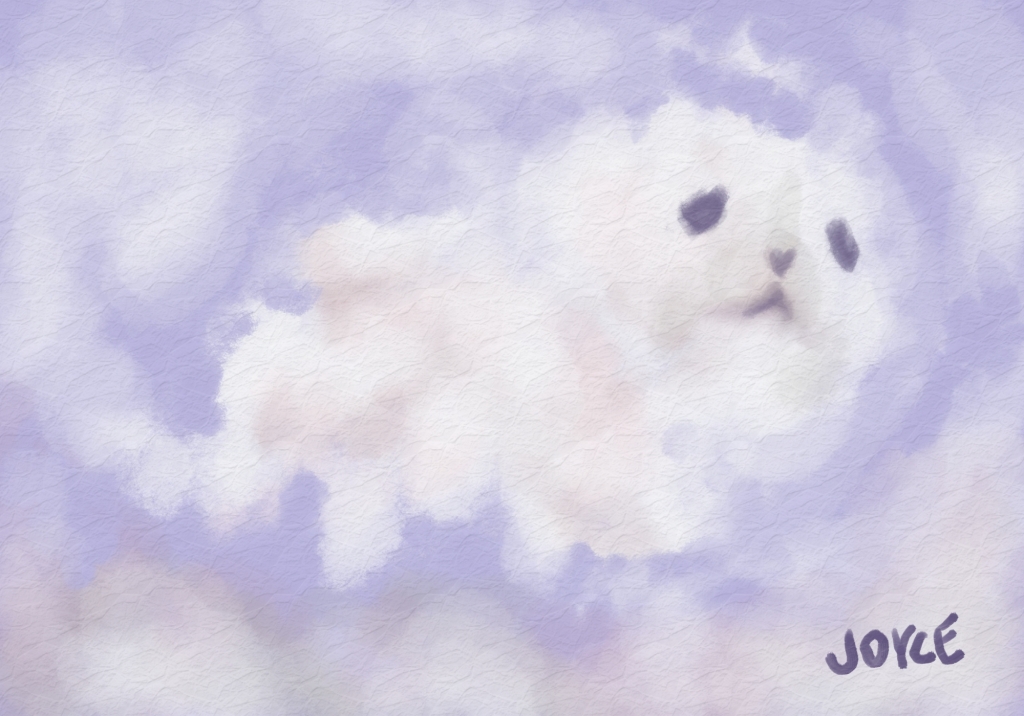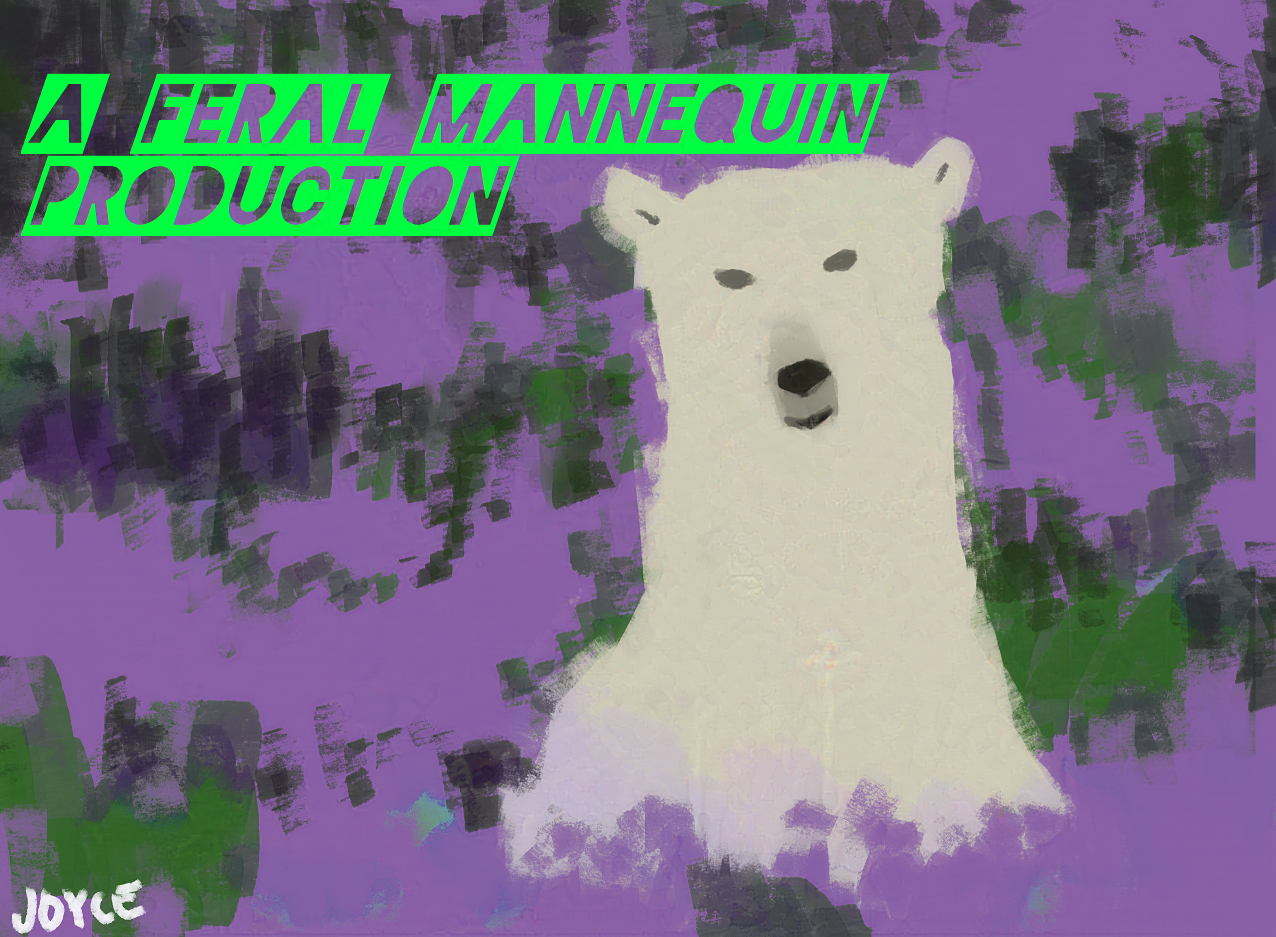Let’s start with definitions!
Alt text: brief & concise sentence (or sentence fragment) describing the most important context/contents of an image
Descriptive text: more detailed alt text that comprehensively describes an image
On Bluesky, “alt text” is synonymous with “image description,” meaning that its function is to provide (to the extent that it’s possible) an equivalent experience to all users of the service with primary reference in this case to persons with no/low vision and to the neurodivergent. That takes MUCH more than 100 characters and includes all relevant image details.
Eustace
I highly recommend reading Eustace’s whole post there, by the way, about why alt text is important. Or his other one here which talks about leveraging other tools to make writing alt text potentially a little more accessible.
First things first: I am so grateful for the culture on Bluesky that has lead to fairly high adoption rates of writing alt text! Some users won’t even interact with posts that do not have alt text/have not requested help from the volunteers of Alt4Me (who write alt text for anyone no questions asked).
Speaking of Alt4Me, if you come across an inaccessible post & need someone to provide alt, or if you cannot write or enter alt text for any reason, just type it in your post, reply, or in the alt text entry box itself! We’ll come write it for you. Feel free to volunteer in the feed too if you can!
A bit of an obvious disclaimer– it is really difficult to write alt text for your own art! It sometimes feels to me like I’m boasting. That’s imposter syndrome, to be frank. You are allowed to editorialize about how nice your art is, how good your technique was. Feel free to gas yourself up!
You have a character limit of 1000 to work in. If you have time and someone to bounce it off of, I recommend sending your piece and your alt text draft to a friend or mentor and ask for feedback on the description. Let them gas you up too.
Also, save a text file of all your alt text for each piece! Or use a site like https://my.alt-text.org/ to save it, or save it in a private Discord server, or save it in the caption area of Google Photos or Google Drive… If you will post it again, save yourself the time and effort!
Pretend like you’re describing the piece to a friend (or a gallery!) over the phone. What information do they need to hear to understand the image and the context (why you’re posting it)? Alt text builds a bridge over that “perceptual black hole.” Descriptive text fills it.
The basics of what you should include are:
- medium/media used
- art style (if you know it, general idea is fine)
- the focal point
- important figures/shapes/objects and where they are in relation to each other
- any words/numbers/symbols if present
- emotions you’re trying to evoke in the piece.
When you look at the image, try tracking where your eyes go. What draws you in first is likely the subject of the picture, what you should explain first and use as a reference point to where the rest of the things in the picture are and how they relate.
As your eyes move around the picture and you notice more, think about how those other things relate to the subject. Are they interacting with the subject in some way, is there something happening that should be expressed, how much of this actually relates to the subject of your post.
Don’t shy away from describing the colors, either! As Gregory says in the thread linked here, “The majority of people who use ALT will either have seen at some point in their lives or have some residual vision left. Only approximately 18% of us are stereotypically totally blind.”
Don’t rely on colors, but use them! They can be excellent ways to describe emotions in your work as well. “Cool, calm ocean blue” evokes emotion. As does “angry red,” “rose red,” “dark, deep forest greens.”
Another great way to describe the vibe or emotions in your piece is to use a healthy amount of adjectives and adverbs. Consider how different these phrases sound:
“Mary holding a little lamb.” vs “With a saintlike expression, Mary tenderly holds a little white lamb in both of her young arms. The lamb gazes up at her gently, leaning into her frilly pink dress.”
Here are some other emotional phrases to get you started:
“bathed in a sickly yellow light”
“quietly trembling under a thorny bush”
“grinning broadly in a triumphant expression”
“nestled into a warm, welcoming red couch cushion”
“frenetic black lines, unpredictably jagged against hot pink”
Using emotional adjectives and adverbs has an added benefit of breaking up alt text that might otherwise become monotonous listing of all items or persons present in a piece. It makes it narrative in a sense, but also provides a non-visual way to understand the emotions in context in your work. If the goal is to provide an equivalent experience to all users of the service, supplementing the physical details of your work with the emotional elements is a great way to get there!
I referenced https://www.cooperhewitt.org/cooper-hewitt-guidelines-for-image-description/ for this. It is an excellent and comprehensive (free) resource! Please visit that site for a more extensive guide with excellent examples.
On Bluesky, you can easily search your own posts using “from:me” before your search terms. This also searches your alt text! That’s an added benefit here for you, that while you are making your work more accessible for others, you are simultaneously making it easier to search for your post!
Thank you for reading! I hope this information helps you to write effective and descriptive alt text and make Bluesky a little more accessible. Please feel free to add your own tips and tricks or to ask any questions you might have!


Leave a comment